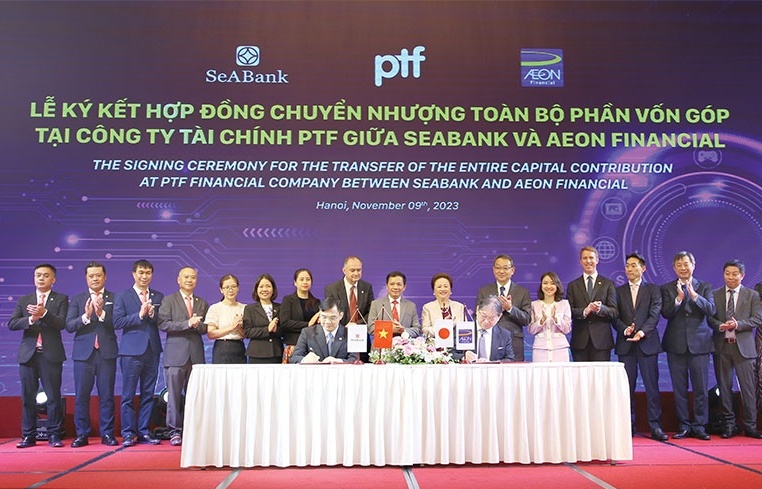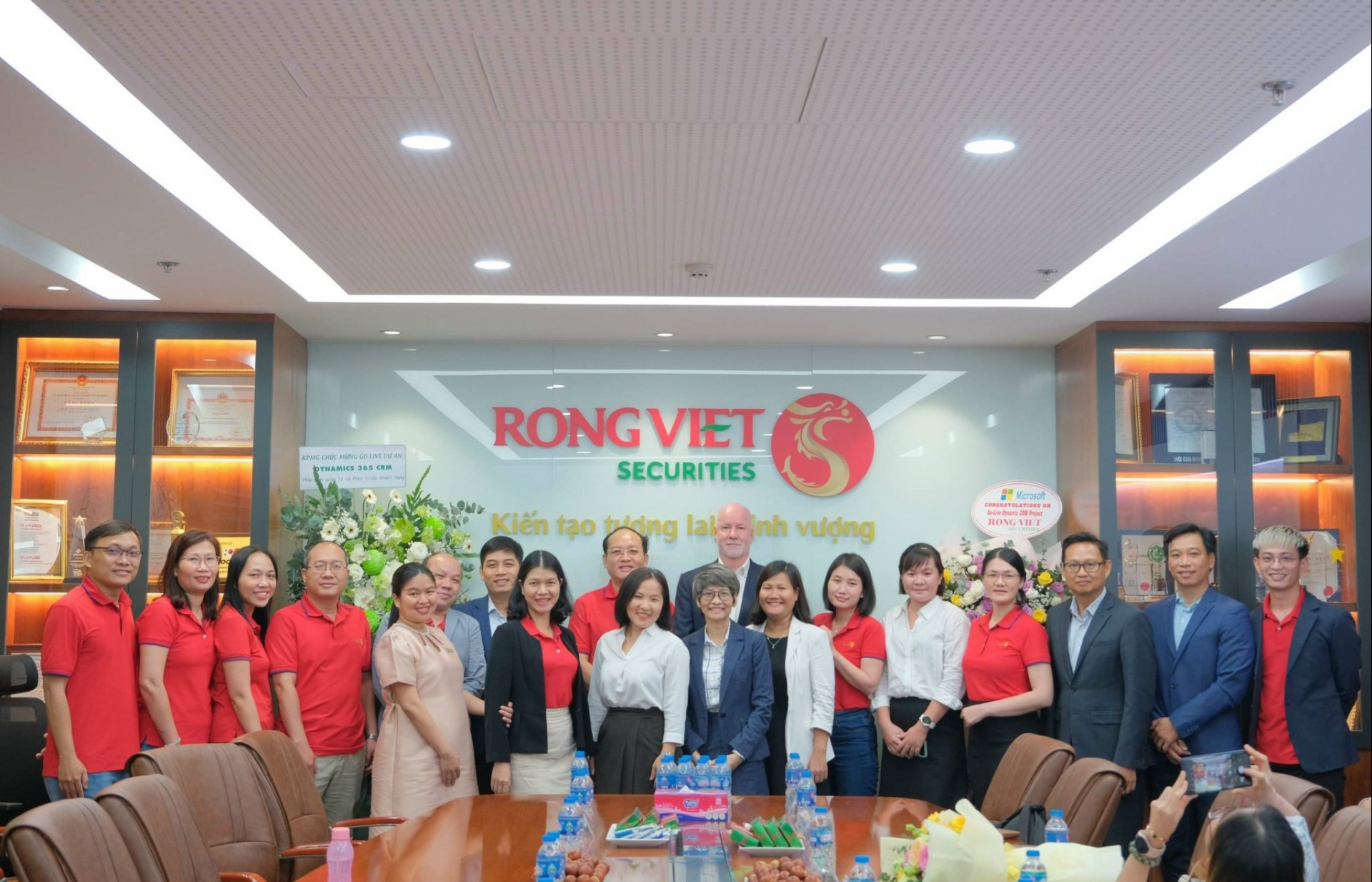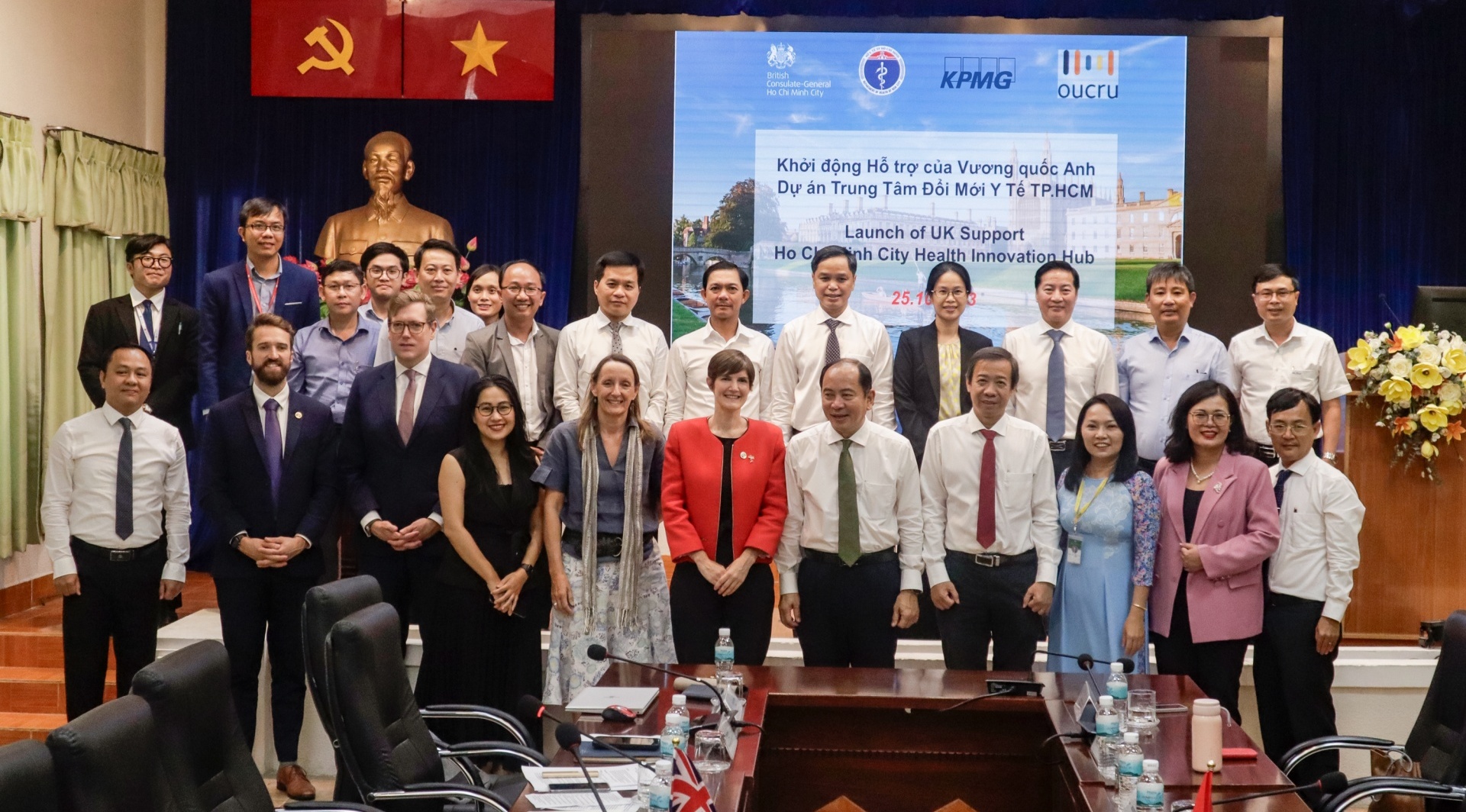Shining a light on related party disclosures
 |
|
Tran Hang Thu, Audit Partner, KPMG in Vietnam |
With financial markets’ evolvement, the process of identifying and disclosing related party transactions has developed through time.
However, it still centres around the principle of encouraging transparency and market best practices with regards to related party transaction disclosures for informed decision making.
Related party transactions have been highlighted as a feature of a number of financial scandals in recent years. This prompted the financial statements user the importance of adequate attention to information disclosed by companies in their financial statements in this respect.
Accounting standards are in place to monitor disclosure requirements for related party transactions. Whilst there have been significant developments in International Financial Reporting Standards to amend the original standard on Related Party Disclosure (IAS 24 Related Party Disclosures), in Vietnam, the currently effective Vietnamese Accounting Standard No. 26, which was based on the original IAS 24, has not been amended. The lack of attention by management to financial statement disclosures and related party disclosures, further weakens the disclosure practice in Vietnam. There is also a serious lack of systems to capture related party transactions for disclosure purposes.
While accounting standards require only significant related party transactions to be disclosed, when the term “significance” is mentioned, it is quite common for accountants to go into autopilot and judge items in relation to percentages of turnover, profit before tax and gross assets. In such cases, it is worth revisiting the definition of materiality: “Information is material if its omission or misstatement could influence the economic decisions of users taken on the basis of the financial statements.” (Paragraph 30 of Framework for the Preparation and Presentation of Financial Statements issued by the International Accounting Standard Board).
Relevant factors for assessing the significance of related party transactions include:
- Significant in terms of size
- Carried out on non-market terms
- Outside normal day-to-day business operations, such as the purchase and sale of businesses
- Disclosed to regulatory or supervisory authorities
- Reported to senior management
- Subject to shareholder approval.
Apart from disclosure requirements imposed by accounting standards, countries such as Malaysia, Singapore and Hong Kong impose regulations for listed companies to set up controls over related party transactions:
- Thresholds established for making announcements to shareholders
- A circular is tabled at annual general shareholder meeting for revenue and recurring items to be approved by shareholders.
Vietnam’s 2005 Corporate Law provides the same rules where different rules are specified depending on whether it is a one-member limited liability company, limited liability companies with two or more than two members, or a joint stock company. However, again, the level of attention paid by managements to these related party transactions still plays a key role in preventing abusive transactions among related parties. The real question is whether reported transactions, if not identified as being with a related party, might distort the economic reality of the company’s financial position and performance.

Global best practices must be employed to ensure related party transaction disclosures are transparent
Arm’s-length or not arm’s-length
The “arm’s-length principle” basis underlying related party transactions is another area that might be overlooked. While it can be understood as the amount charged by one related party to another for a given product must be the same as if the parties were not related and is therefore what the price of that transaction would be on an open market, determining the arm’s-length price can sometimes be a technically complicated matter, especially when it relates proprietary goods and services or intangibles.
Even though there are terminology differences between how related parties are understood by accounting standards and tax authority, one must be able to see the linkage between the appropriateness of such basis within their company’s related party disclosures and the compliance aspect of transfer pricing regulations. The Vietnamese transfer pricing regulations have been applied since 2006 with the current Circular 66/2010/TT-BTC dated April 22, 2010 and auditing corporate taxpayers’ transfer pricing matters active in tax authorities’ audits since early 2012.
|
Types of collectively significant transactions to be disclosed if they - Purchases or sales of goods (finished or unfinished) - Purchases or sales of property and other assets - Rendering or receiving services - Leases - Transfers of research and development - Transfers under licence agreements - Transfers under finance arrangements (including loans and equity contributions in cash or in kind) - Provision of guarantees or collateral - Commitments to do something if a particular event occurs or does not occur in the future, including executor contracts (recognised and unrecognised) |
Disclosing related party transaction: Whose responsibility?
Realising it or not, by acknowledging their responsibility of preparing the financial statements, company’s managements is abiding to their responsibility for identifying and disclosing related party transactions. In order to do so, many try to establish systems and processes to facilitate the identification and disclosure. Best practices in more advanced economies highlight an audit committee’s role and responsibilities in monitoring abusive related party transactions by imposing mandatory audit committee reviews of areas such as possible failure to identify related parties and related party transactions, inadequate examination of related party transactions, improper disclosures of related party transactions.
External auditors, on one hand, are required to comply with auditing standards when auditing related party disclosures (International Standard on Auditing No. 550 Related Parties, Vietnamese Standard on Auditing No. 550 Related Parties). On the other hand, external auditors rely on the systems and processes established by management in assessing the identifying and disclosing related party transactions and their representations as to the completeness and adequacy of such disclosures. In fact the lack of such systems and processes creates concerns among market participants about the appropriate monitoring and auditing of these transactions.
Even if the auditors have performed their job properly in auditing related party transactions as required by auditing standards, the auditor would not be able to give a clean opinion on the entity’s financial statements due to the potential deficiencies in related party disclosures.
Identifying related party relationships can be a challenging and costly exercise particularly for large organisations. It requires the ability to identify and evaluate all types of relationships up and down the organisational chart including those among and between subsidiaries, associates, investees and any other entities that might be influenced by a common set of owners or key management.
Challenges also arise where there are transactions between entities that are controlled, jointly-controlled or significantly influenced by the government. In some respects, the original definition of what a related party relationship represents has not helped improving disclosure transparency due the complex and cumbersome structure of the definition itself. In response, the standard setters around the world introduced amendments to the previous standard, for example IAS 24 Related Party Disclosures amendment has been made effective for annual periods beginning on or after January 1 2011, in an effort to simplify the identification of such relationships and re-balance the extent of disclosures of transactions between related parties based on the costs to preparers and the benefits to users in having this information available in financial statements.
In view of the amended IAS 24, regulatory agencies, in particularly the Ministry of Finance, should make reference to the approach adopted by International Accounting Standards Board and revise the current Vietnamese Accounting Standard No. 26. Apart from providing more clarification for the definition of related parties while maintaining the fundamental approach to related party disclosures, such revision if introduced will allow addressing issues surrounding the disclosure of related party transactions among government-related entities, which are common in Vietnam.
Identifying and disclosing related party transactions may continue to be a timely and costly exercise. However, due to the importance of such disclosures for financial statements users, financial statement preparers need to ensure that they work with the right groups within their organisations to capture the necessary information. On the other hand, let’s not forget a famous quote by Sir David Tweedie, former chairman of the International Accounting Standards Board: “The requirement to disclose related party transactions can never be a complete safeguard against deliberate dishonesty”.
The views expressed by the author here do not necessarily represent the views and opinions of KPMG.
What the stars mean:
★ Poor ★ ★ Promising ★★★ Good ★★★★ Very good ★★★★★ Exceptional
 Tag:
Tag:
Related Contents
Latest News
More News
- Global tax shift forces inevitable adjustment (October 12, 2023 | 11:00)
- Empowering female leaders in tech: insights and aspirations shared at KPMG Tech Innovator 2023 (September 27, 2023 | 18:00)
- Vietnam’s impressive vision for a cleaner energy future (September 12, 2023 | 14:20)
- KPMG tech innovator contest unveils top 6 finalists (July 19, 2023 | 16:32)
- Decoding preferences of investors in tech startups (June 26, 2023 | 13:40)
- KPMG propels private enterprises in Vietnam towards sustainable excellence (June 26, 2023 | 08:00)
- Fundraising challenges must be navigated in uncertain M&A market (June 20, 2023 | 17:00)
- Valuable guidance for operating in Vietnam (June 15, 2023 | 17:14)
- Responding to the changes in the startup environment (June 05, 2023 | 14:19)
- ESG-centric businesses set to gain plaudits for long-term vision (May 04, 2023 | 11:00)






















 Mobile Version
Mobile Version